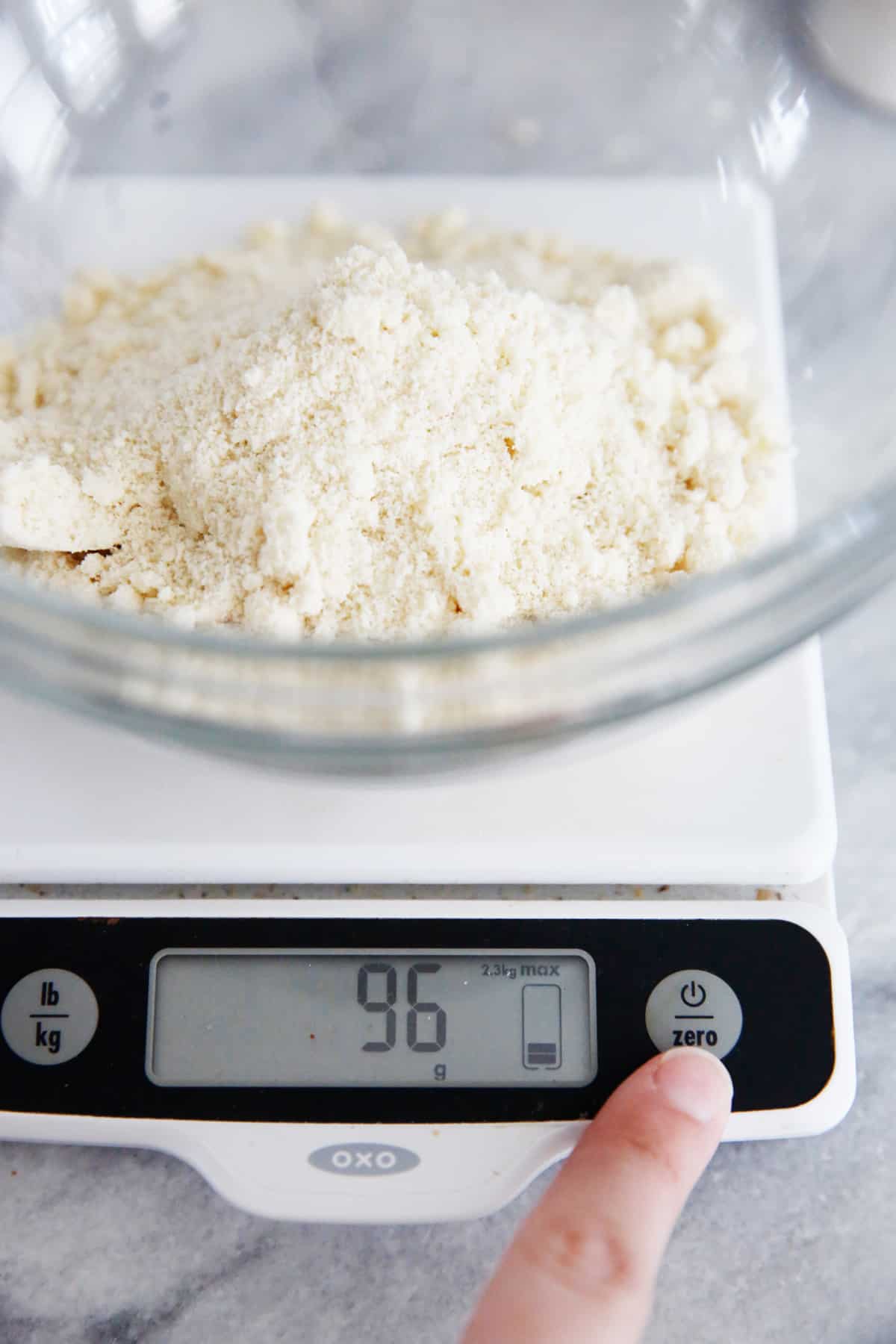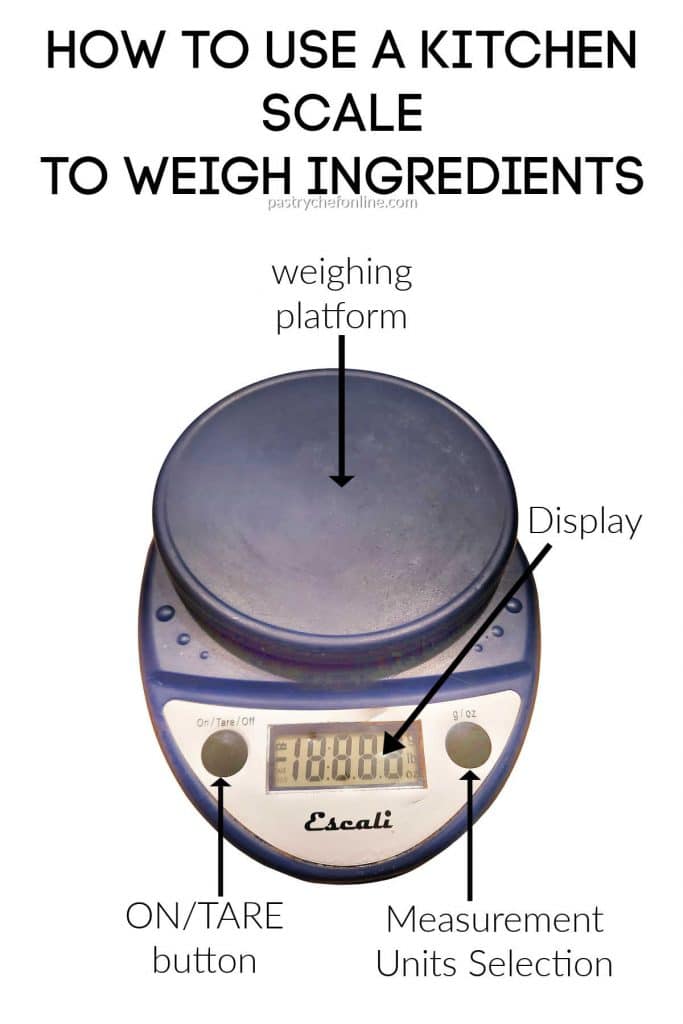A kitchen scale can be a useful tool to have in any kitchen. It is the perfect way to measure ingredients accurately and can be used to make all kinds of recipes. Whether you’re measuring out ingredients for baking, or making sure you don’t over-season your savory dishes, a kitchen scale can be an invaluable asset. Here is a guide on how to use a kitchen scale for all your culinary needs.
What Is a Kitchen Scale?
A kitchen scale is an essential tool for precise measurements in the kitchen. It is an instrument used to measure the weight of food items, ingredients, and liquids. Kitchen scales are also used to measure the weight of other items such as spices, herbs, and dry goods. There are a variety of different types of kitchen scales, including digital kitchen scales, mechanical kitchen scales, and analog kitchen scales. Digital kitchen scales are the most accurate and are incredibly easy to use. They typically feature a LCD display and a button to switch between metric and imperial measurements. Mechanical kitchen scales are more traditional and require manual adjustment to measure accurately. Analog kitchen scales are the least accurate but are the most affordable. Regardless of the type of kitchen scale you choose, they are all incredibly useful for accurate measurements in the kitchen.
Benefits of Using a Kitchen Scale
A kitchen scale can be a valuable tool for the home cook. Not only does it provide precision when measuring ingredients, but it can also help you save time and money. Here are some of the benefits of using a kitchen scale in your kitchen:
Accuracy: Measuring ingredients accurately is essential for successful cooking. A kitchen scale ensures that you get the exact amount of ingredients you need, resulting in consistent and delicious dishes.
Portion control: Using a kitchen scale allows you to portion out exact amounts of food, which can help you control your calorie intake.
Time-saving: Weighing ingredients instead of measuring them can save you time in the kitchen. You can quickly weigh out ingredients and move on to the next step in the recipe.
Money-saving: When you buy ingredients in bulk, you can use a kitchen scale to weigh out the exact amount you need for a recipe, so you don’t have to buy more than you need.
Efficiency: Not only can a kitchen scale help you save time and money, it can also make your meal preparation more efficient. You can quickly weigh out the exact amount of ingredients you need, so you can move on to the next recipe quickly.
Whether you’re a home cook or a professional chef, using a kitchen scale can be an invaluable tool in the kitchen. With accurate measurements, portion control, time-saving, money-saving, and efficiency benefits, using a kitchen scale is a great way to take your cooking to the next level.
Types of Kitchen Scales
Kitchen scales are an essential tool for every home chef, and there are many types available. Digital kitchen scales are the most accurate and come in a variety of sizes and styles. Mechanical scales offer a reliable and affordable option, but are less accurate than digital models. Depending on the type of food you plan to weigh, you may also want to consider a specialty scale, such as a flour scale or portion control scale. These scales are designed to accurately measure one particular ingredient, making them ideal for baking or portion control. Lastly, there are also compact pocket scales, which are perfect for weighing small items, such as spices. No matter what type of kitchen scale you choose, it’s important to read the instructions and handle the scale with care to ensure accurate measurements.
How to Set Up a Kitchen Scale
Setting up a kitchen scale is a simple process that requires minimal effort but is essential for measuring ingredients accurately. First, you’ll need to make sure that the scale is level and stable. Place the scale on a flat surface and adjust the feet or legs if necessary. It’s important to use a surface that won’t be affected by heat or moisture, as this could cause the scale to malfunction. Once the scale is level, plug it in and turn it on. You may need to press a button to activate the scale. Depending on the model, your scale may require you to choose a unit of measurement before you start weighing ingredients. Once the unit of measurement is selected, you’re ready to start measuring. Place the bowl or container you’re using on the scale and press the “tare” button to set the scale to zero. This allows you to weigh multiple ingredients without having to manually reset the scale each time. With your kitchen scale set up, you’re ready to start measuring ingredients accurately and efficiently.

Calibration and Maintenance of a Kitchen Scale
Maintaining your kitchen scale accurately is essential for accurate measurements. To ensure that your kitchen scale works accurately, it’s important to calibrate it regularly and to perform routine maintenance. Calibrating your kitchen scale is a simple process that involves resetting the scale to zero and calibrating it with known weights. To maintain your kitchen scale, it is important to clean it regularly and to make sure that it is stored in a dry, dust-free environment.
Calibrating your kitchen scale is a simple process that involves resetting the scale to zero and calibrating it with known weights. To do this, simply place a known weight on the scale and press the calibration button. This will reset the scale to zero and ensure that it is providing accurate measurements. Additionally, it is important to check the calibration of the scale regularly to make sure that it is providing accurate measurements.
In addition to calibrating your kitchen scale, it is also important to perform regular maintenance. This includes cleaning and storing the scale in a dry, dust-free environment. To clean the scale, use a soft cloth and warm, soapy water to wipe down the surface. Be sure to never submerge the scale in water or use any abrasive cleaning agents. Once the scale is clean, store it in a dry, dust-free environment away from direct sunlight.
By performing regular calibration and maintenance of your kitchen scale, you can ensure that your kitchen scale works accurately and provides accurate measurements. This will help to ensure that you get the best results from your recipes.
Usage Tips for a Kitchen Scale
Kitchen scales are a useful tool for anyone serious about their cooking. Not only do they help measure ingredients accurately, but they also make it easy to control your portions and monitor your calorie intake. While using a kitchen scale may seem like a straightforward task, there are a few usage tips that can help make the process even easier.
First, make sure that the scale is set to zero before you start measuring ingredients. This will ensure that the weight of the container or bowl you are using is not counted. Second, use kitchen-safe containers for weighing your ingredients. This will help prevent any contamination of the food. Third, use a moisture-resistant kitchen scale if you are measuring liquids. This will help you get an accurate reading.
Finally, it’s important to remember that the accuracy of a kitchen scale can be affected by the temperature and humidity of the environment. If you’re measuring ingredients at different times and in different places, it may be necessary to recalibrate the scale periodically to ensure that you are getting accurate readings.
With these tips in mind, you’ll be able to use a kitchen scale to measure ingredients accurately and efficiently. From controlling portions to monitoring calorie intake, a kitchen scale is a must-have tool for any home cook.
Common Kitchen Scale Errors
Using a kitchen scale correctly is essential for accurate measurements and successful recipes. However, when using a kitchen scale, there are a few common errors to keep in mind. First, many kitchen scales have a maximum weight that they are able to measure. If you’re measuring a heavier item, it’s important to use the correct weight setting. Otherwise, your readings may be inaccurate. Additionally, kitchen scales are sensitive to temperature. If the scale is too cold or too hot, the readings may be inaccurate. To ensure the most accurate readings, you should allow the scale to come to room temperature before use. Lastly, it’s important to ensure that the scale is zeroed out before every use. This is to ensure that the scale is measuring the weight of your ingredients, and not the weight of the bowl or any other item placed on the scale. By keeping these common errors in mind, you can ensure that your kitchen scale readings are accurate.
Conclusion
The use of a kitchen scale is an important tool for any home cook. It can be used to accurately measure ingredients for recipes, to portion out meals, or even to weigh food for portion control. Kitchen scales are also great for weighing items for shipping or for other purposes. With a few simple tips and tricks, you can easily learn how to use a kitchen scale and get the most out of it.
In conclusion, kitchen scales are a versatile and valuable tool for any home cook. Whether you’re weighing ingredients for a recipe, portioning out meals, or weighing items for shipping, a kitchen scale can be a great asset. With a few simple steps, you can learn how to use a kitchen scale and get the most out of it. By mastering the basics of kitchen scale use, you can take your cooking to the next level and enjoy the convenience of accurate measurements.
Conclusion
Using a kitchen scale is an invaluable tool for accurate measurements in recipes. It is easy to use and can help you make the most out of your ingredients. Whether you are a novice in the kitchen or a professional chef, knowing how to use a kitchen scale correctly can save you time and money. With practice, you can easily master the art of measuring ingredients with a kitchen scale and take your cooking to the next level.


